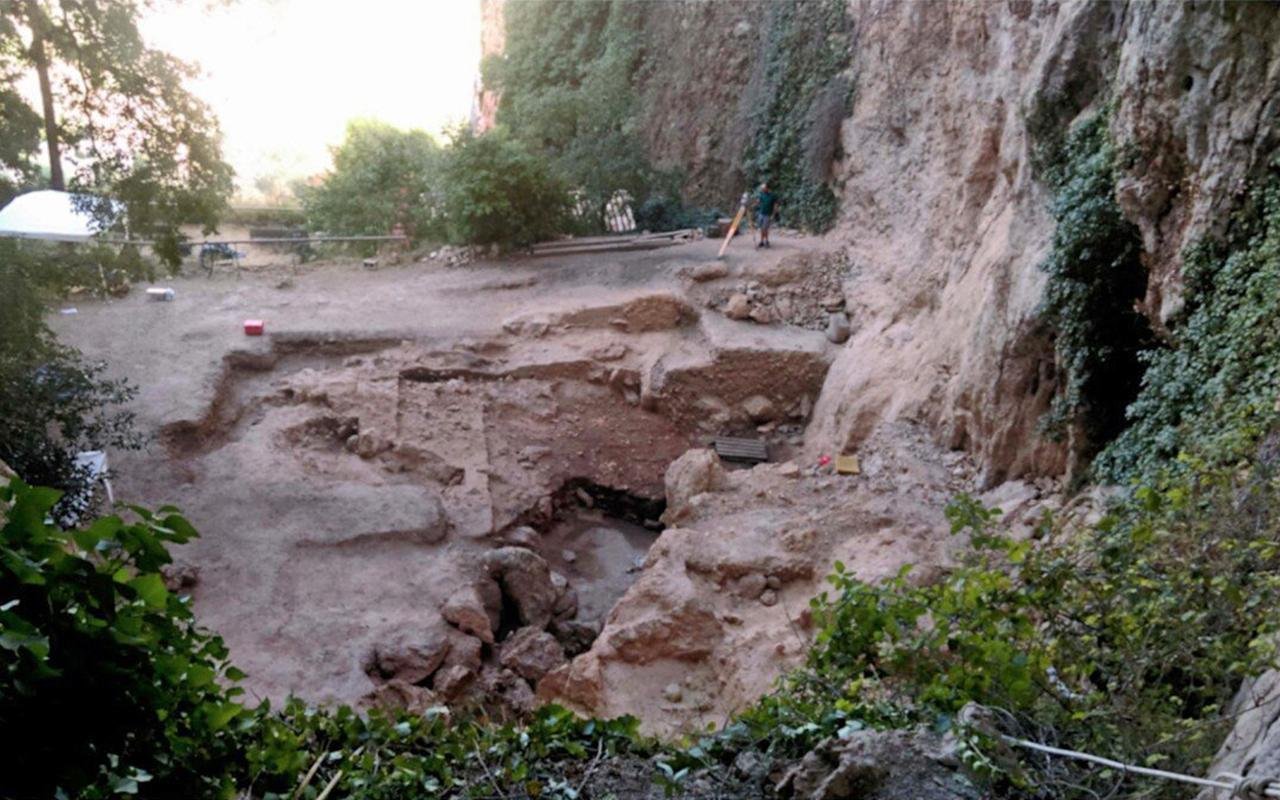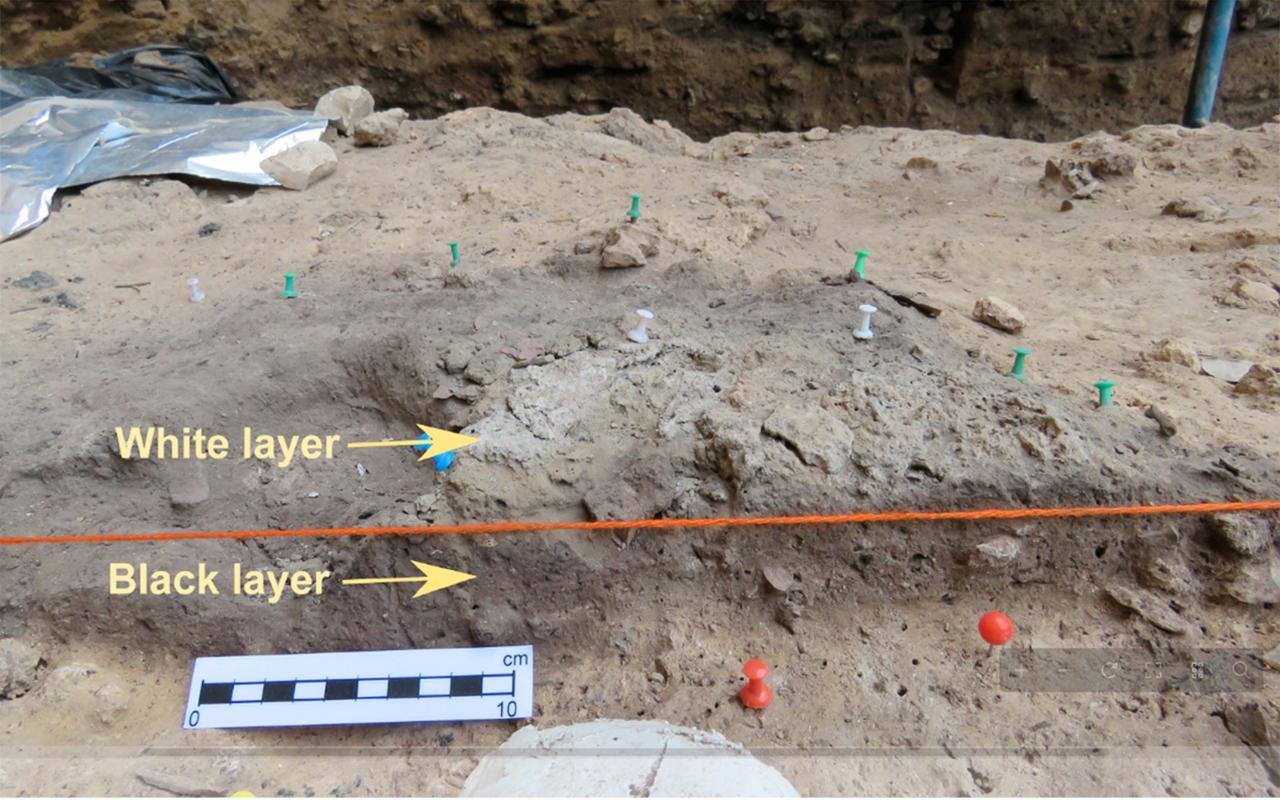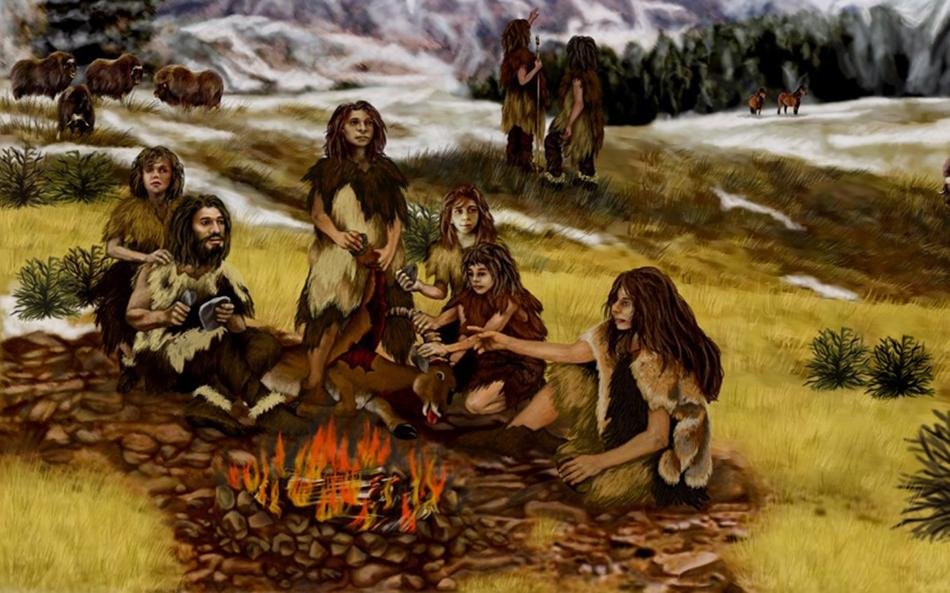
Archaeology
Archaeology is the study of human history and prehistory through the excavation and analysis of artefacts, structures, and other physical remains.
Archaeology is the study of human history and prehistory through the excavation and analysis of... View more
New dating technique reveals time differences between Paleolithic hearth fires
-
New dating technique reveals time differences between Paleolithic hearth fires
A team of archaeologists in Spain has applied a new dating technique to more precisely determine the intervals between hearth fires from the Paleolithic Age.

General view of El Salt site, with the travertine wall on the right. Credit: Herrejón-Lagunilla et al., Nature (2024) This research, published in the journal Nature, reveals that the hearths at El Salt, a Paleolithic site, were used over 200 years with intervals of decades between uses. This suggests that Neanderthals returned to this site over multiple generations, challenging previous assumptions about their mobility and settlement patterns.
The interdisciplinary team of researchers from various Spanish institutions employed a novel combination of archaeomagnetic and archaeostratigraphic analyses. This method leverages the magnetic properties of minerals in the fire pits to record the orientation of the Earth’s magnetic field at the time they were last used. These magnetic signatures, combined with the stratigraphic analysis of the hearths’ positions in the ground layers, allowed the researchers to establish a timeline with remarkable precision.
The team discovered that the six hearths at El Salt were created over a period of 200 to 240 years, with gaps of decades or even a century between their uses. This suggests that Neanderthals were not just wandering nomads but had specific sites they revisited regularly, possibly for seasonal activities or specific resources.

Section of Hearth at the site. The typical stratigraphy of this type of structure is observed: white layer at the top, black layer at the base. Credit: Herrejón-Lagunilla et al., Nature (2024) Santiago Sossa-Ríos, a researcher in prehistory, archaeology, and ancient history at Spain’s University of Valencia and an author of the study explained: “When we excavate archaeological settlement areas, we assume they result from many human activities, but we didn’t know if these activities spanned decades, centuries, or thousands of years. Now, we can investigate patterns of mobility, technological changes, and spatial use within this newly defined temporal framework.”
The study’s authors pointed out that traditional dating methods, like radiocarbon dating, are limited to samples younger than 50,000 to 60,000 years and often come with significant error margins. The new technique, however, reduces these errors and allows for a more detailed understanding of human activities on a timescale closer to a human lifespan, a major advancement in the field of Paleolithic archaeology.
 The controlled use of fire, a fundamental human skill dating back at least 790,000 years, is a critical aspect of this study. The presence of stone tools, animal bones, and other artifacts alongside the hearths provided additional context for interpreting the Neanderthals’ lifestyle.
The controlled use of fire, a fundamental human skill dating back at least 790,000 years, is a critical aspect of this study. The presence of stone tools, animal bones, and other artifacts alongside the hearths provided additional context for interpreting the Neanderthals’ lifestyle.The research underscores that Neanderthals, who went extinct around 40,000 years ago, had complex social behaviors and were not as primitive as often depicted. The regular use of specific sites over centuries indicates a level of planning and social structure previously underestimated.
More information: Herrejón-Lagunilla, Á., Villalaín, J.J., Pavón-Carrasco, F.J. et al. (2024). The time between Palaeolithic hearths. Nature. doi:10.1038/s41586-024-07467-0
Sorry, there were no replies found.
Log in to reply.
